In the fastener manufacturing industry, achieving high precision and durability requires the use of high-quality tooling. Among the most critical components in this process are forming punch and die, which play a crucial role in shaping bolts, studs, screws, and nuts. These tools ensure consistency, accuracy, and efficiency in production, making them indispensable in cold heading and forging applications.
This article explores the importance, types, materials, and maintenance of forming punch and die, offering insights to manufacturers aiming to improve product quality and operational efficiency.
What Is a Forming Punch and Die?
A forming punch is a hardened tool used to press metal into a specific shape, while a die is the corresponding mold or cavity that receives the metal and determines its final form. Together, they enable the cold or hot forming process, where metal is shaped under pressure without the need for extensive machining or material removal.
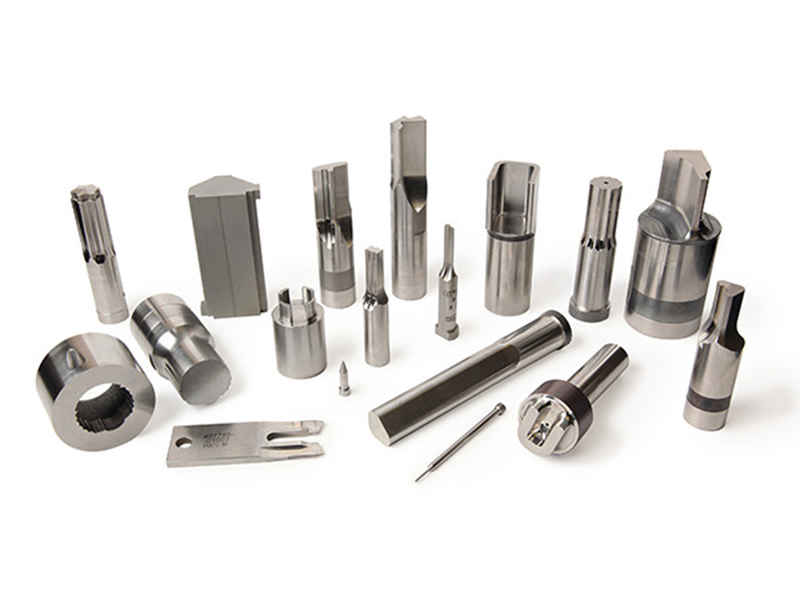
In fastener manufacturing, forming punches and dies are primarily used in cold heading, thread rolling, and stamping to create precise dimensions and surface finishes.
Types of Forming Punch and Die
There are several types of forming punches and dies based on their function, design, and application:
1. Heading Punches
These punches are used in the cold heading process to form the head of bolts, screws, and rivets. Common types include:
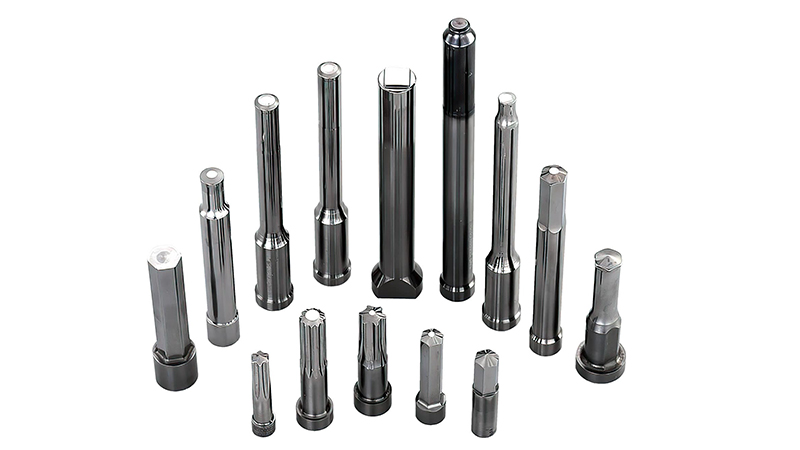
First punch: Shapes the initial head form.
Second punch: Refines the shape, adding detailed contours.
Trimming punch: Used to remove excess material for a clean, finished look.
2. Extrusion Punches
These are used for partial or complete extrusion of metal, creating hollow sections or complex geometries in fasteners.
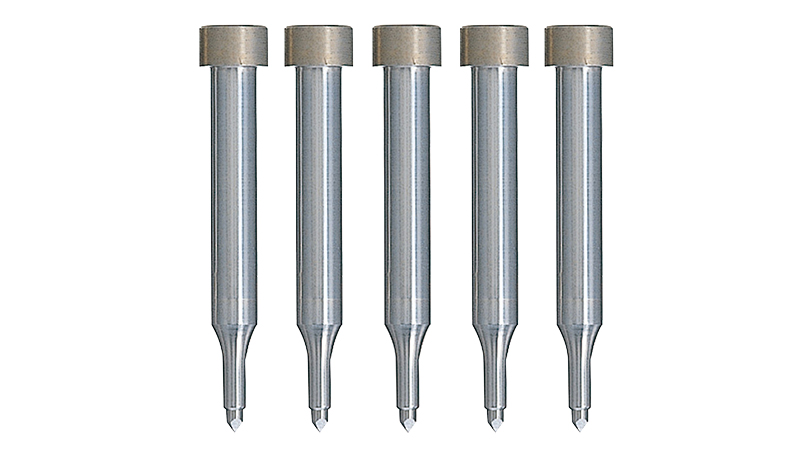
3. Thread Rolling Dies
Thread rolling dies are used to create threads on screws and bolts without cutting the material, ensuring a stronger and more durable thread profile. Types include:
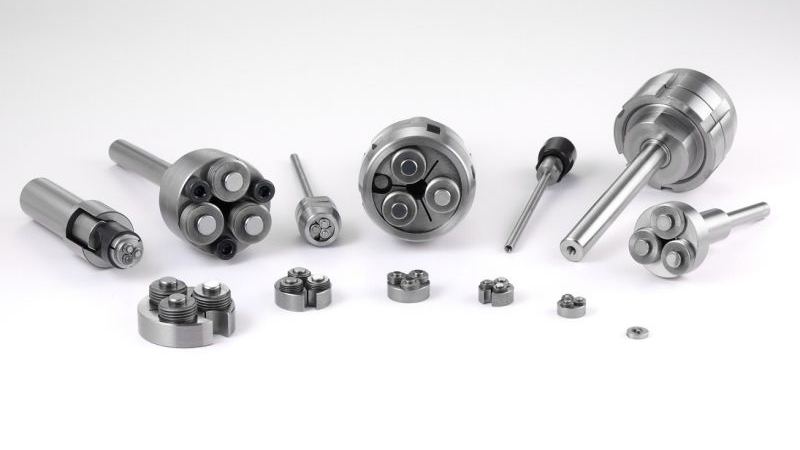
Flat dies: Used in reciprocating machines.
Planetary dies: Designed for high-speed production.
Cylindrical dies: Used in rolling machines with continuous feed.
4. Nut Forming Dies
These dies are specifically designed for shaping nuts through multi-stage cold forming. They create hexagonal, square, and other specialized shapes with precise tolerances.
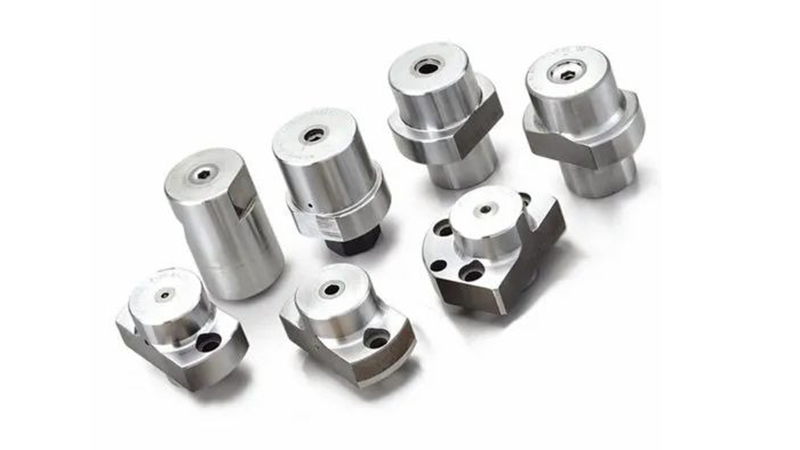
Materials Used in Forming Punch and Die
To withstand high pressure, wear, and impact forces, forming punches and dies must be made from high-performance materials. The most common choices include:
1. High-Speed Steel (HSS)
Known for its toughness and heat resistance, HSS is commonly used for general-purpose punches and dies.
2. Tungsten Carbide
With excellent wear resistance and hardness, tungsten carbide dies last significantly longer than HSS but are more brittle.
3. Powder Metallurgy Tool Steel
Offers a balance of toughness and wear resistance, making it ideal for high-volume production.
4. Alloy Tool Steel (D2, SKD11, etc.)
Provides good wear resistance and impact strength, making it suitable for heavy-duty forming applications.
Manufacturing Process of Forming Punch and Die
The production of high-quality forming punches and dies involves several precision processes:
1. Material Selection & Heat Treatment
The chosen material undergoes hardening and tempering to achieve the desired hardness and toughness.
2. CNC Machining & EDM Processing
CNC milling, turning, and wire-cut EDM (Electrical Discharge Machining) are used to achieve high-precision contours and tolerances.
3. Grinding & Polishing
Surface finishing is crucial to minimize friction, improve tool life, and enhance metal flow during forming.
4. Coating (Optional)
Applying coatings like TiN (Titanium Nitride), TiAlN (Titanium Aluminum Nitride), or DLC (Diamond-Like Carbon) enhances wear resistance and reduces friction.
Common Issues and Solutions in Forming Punch and Die Usage
1. Premature Wear
Causes: High-speed production, poor lubrication, suboptimal material choice.
Solution: Use high-quality coatings, optimize lubrication, and select the right tool material.
2. Chipping & Cracking
Causes: Excessive impact forces, improper hardness levels.
Solution: Ensure proper heat treatment and use shock-resistant materials like toughened carbide.
3. Deformation & Tool Failure
Causes: High forming stress, poor die alignment.
Solution: Regular maintenance, correct tool alignment, and precision machining.
Best Practices for Extending the Lifespan of Forming Punch and Die
Use Proper Lubrication: Reduces friction and prevents overheating.
Regular Inspection & Maintenance: Identifies wear before it leads to failure.
Correct Storage & Handling: Prevents corrosion and accidental damage.
Optimize Forming Parameters: Reducing excessive stress increases tool longevity.
Conclusion
The forming punch and die are at the core of precision fastener manufacturing, enabling efficient production of high-strength bolts, screws, studs, and nuts. Choosing the right materials, following proper maintenance practices, and optimizing manufacturing processes ensure long-lasting performance and cost savings.
For fastener manufacturers, investing in high-quality punches and dies translates to better product quality, improved productivity, and reduced downtime, making it a key factor in staying competitive in the market.
Looking to source top-grade forming punches and dies? Contact us today for expert recommendations and high-performance tooling solutions!
